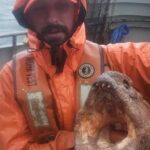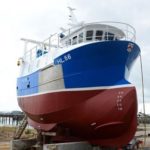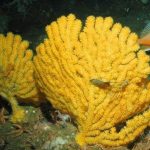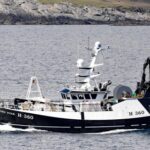Tag Archives: algae blooms
William R. Miller: Why don’t we restore commercial fishing in Erie?
 There are two kinds of jobs, those that “create wealth” by bringing money into the region from outside the region and those jobs that “circulate wealth” within the region. Fish we take from the lake, crops that we grow, minerals that we extract from the ground, products that we manufacture, retirees we convince to live here, services provided to outside individuals and organizations, and tourists who we attract, all create wealth for the region. Each wealth-creation job typically supports about three wealth-circulating job in the region. We’ll focus here on one potential source for wealth-creating jobs. In 1890, Erie was the largest, in tonnage, freshwater fishing port in the entire world. Today, my understanding is that Erie is down to one commercial fisherman and the Canadian Great Lakes fishing industry is now about a $1 billion industry. What happened? >click to read< 15:45
There are two kinds of jobs, those that “create wealth” by bringing money into the region from outside the region and those jobs that “circulate wealth” within the region. Fish we take from the lake, crops that we grow, minerals that we extract from the ground, products that we manufacture, retirees we convince to live here, services provided to outside individuals and organizations, and tourists who we attract, all create wealth for the region. Each wealth-creation job typically supports about three wealth-circulating job in the region. We’ll focus here on one potential source for wealth-creating jobs. In 1890, Erie was the largest, in tonnage, freshwater fishing port in the entire world. Today, my understanding is that Erie is down to one commercial fisherman and the Canadian Great Lakes fishing industry is now about a $1 billion industry. What happened? >click to read< 15:45

Nutrient Pollution and Algae Blooms: Pollution Has Cost Florida Millions, and the Bill Keeps Rising
Amid a historic fish kill in Biscayne Bay, the public’s eyes are on some of the causes of the dire situation plaguing our waters: nutrient pollution and algal blooms. Nitrogen and phosphorous from fertilizers and sewage-treatment plans across the state are supercharging the growth of toxic algae that makes the water undrinkable and depletes it of oxygen. Cleaning up that algae hasn’t been cheap. Over the past decade, the State of Florida has spent at least $20 million cleaning up and preventing algal blooms in its major bodies of water, according to a recent study by the nonprofit Environmental Working Group (EWG). >click to read< 08:00
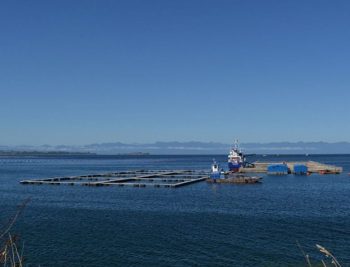
Latin America Reckons With a Fish-Farming Boom, industry cannot be allowed to harm ocean habitats
For a region plagued by stop-and-go growth, aquaculture is a boon. But problems have followed plenty. The blue revolution may not be as damaging to the environment as the one that reinvented global agriculture (farmed fish consume far less feed and energy than chickens, pigs or cattle do), but algae blooms, pests and pathogens, and overuse of antibiotics do a lot of dirty work. Chile repeatedly has seen huge schools of farmed fish break out of pens into the open ocean, where they threaten to overrun wild species and spread new diseases. >click to read< 14:58
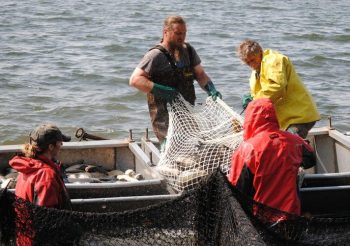
A big haul on Big Kandi
Jason George has a simple formula for improving water quality in Minnesota lakes: Take out the carp. George is hoping to remove 100,000 pounds or more under a special permit that is allowing his firm—Mike’s Rough Fish of Waterville, Minnesota—to harvest the fish.,,As of Wednesday, George was still waiting for the carp to spawn, which would make them more vulnerable to netting. They’re running a few weeks behind schedule due to the slow warm-up, he said. >Video, click to read< 08:37






 For as far as one can see, dead Atlantic menhaden lay sprawled out across the riverbank, the result of the Neuse River’s most recent fish kill. Travis Graves, Lower Neuse Riverkeeper, says that it is getting worse in numbers of and in size of the dead fish. “We’ve been seeing the ‘peanut’ or younger ones for a few weeks now, but more of the adults are beginning to show up dead on the shore now,”
For as far as one can see, dead Atlantic menhaden lay sprawled out across the riverbank, the result of the Neuse River’s most recent fish kill. Travis Graves, Lower Neuse Riverkeeper, says that it is getting worse in numbers of and in size of the dead fish. “We’ve been seeing the ‘peanut’ or younger ones for a few weeks now, but more of the adults are beginning to show up dead on the shore now,” 


























